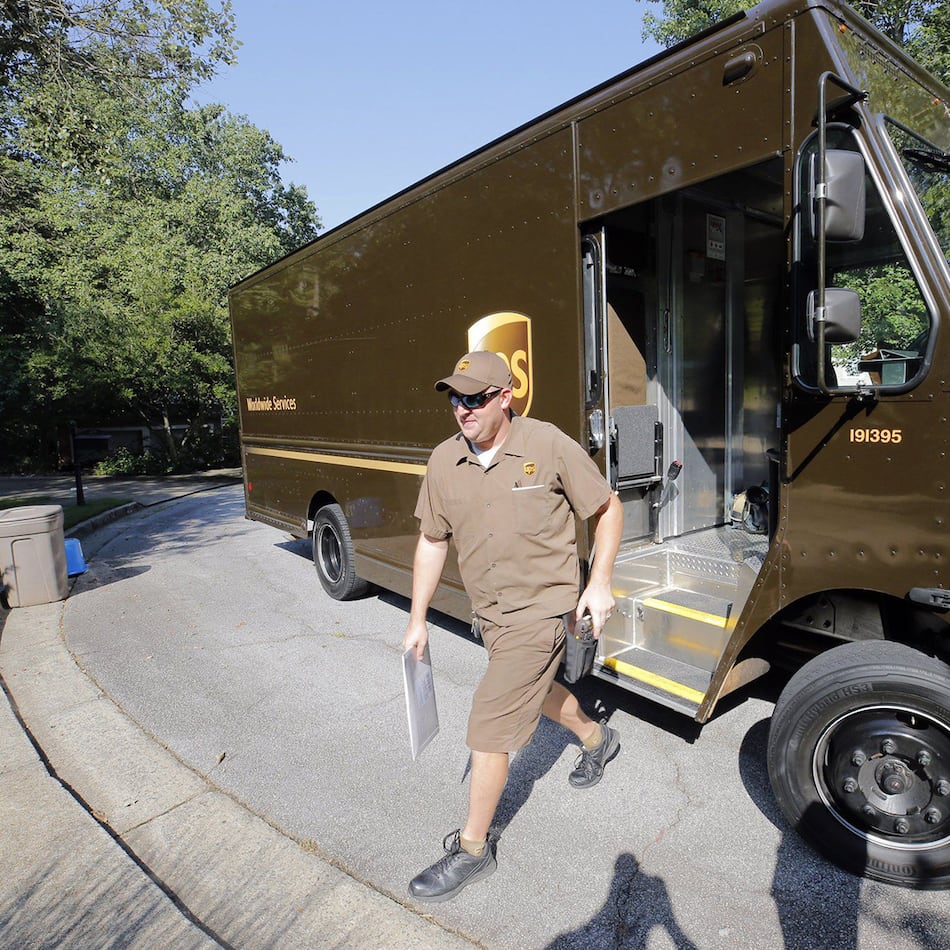For more than three years, some commuters have faced an on-and-off obstacle course in Forsyth County, thanks to a six-mile project to widen Ga. 141.
Why has it taken so long?
The state Department of Transportation had to keep revising its plans. A contractor says it took a utility 597 extra days to handle its role, among a list of problems. In the meantime, drivers have coped with traffic barrels, interim intersections and single-lane backups more than a mile long.
The problems represent the types of issues that have cropped up for years on projects across the state. In the case of Ga. 141, they came together in a perfect storm — and it is unclear whether anything would prevent many of them from happening again on another project.
The DOT project, which includes a new bridge over Ga. 400, should have wrapped up a year ago, but the delays were so bad that they got the project deadline pushed to Dec. 31, 2010. Residents even formed a political action committee to “Get 141 Done.”
The project was intended to accommodate growing traffic in Forsyth County, which has been one of the fastest developing areas of the United States. If the economy improves, the need for more and wider roads will put even more pressure on the DOT as it already faces delays in its projects.
Part of those problems is beyond the DOT's control, as utility issues and real estate development may get in the way of finishing a project. Whatever the reason, commuters, customers and business owners that once welcomed or even sought the Ga. 141 project have had it.
“There’s no secret the DOT was in disarray years ago, and I don’t know that that ship has ever gotten righted,” said Daniel Slott, a former homeowner association president who started the “Get 141 Done” PAC.
Developer Dewey White believes that in spite of the construction bust, deals to build on his land are being thwarted by the project to widen Ga. 141 from one lane each way to two.
“It’s killing us,” he said.
Project delays were the signal issue that prompted state officials to commission audits critical of the DOT in 2007. Those audits found that virtually every DOT project got delayed at some point, usually in the planning and design phases. They set the stage for a historic law last year that removed power from the state Transportation Board for the first time in a generation.
But the results of those changes aren't obvious yet. Currently 51 of the DOT's 2,966 active projects have deadline extensions, said DOT spokesman David Spear -- at a time when the DOT has a lighter schedule. As for work before construction starts, an Atlanta Regional Commission report on all project phases showed that 74 percent of the DOT's project phases were delayed in the fiscal year 2009. This year's results are not in yet.
The Ga. 141 concept was first approved in nearly the same form in 1990, according to DOT spokeswoman Teri Pope. The total cost, now more than $92 million, was then $23 million. Since construction started in 2006, project revisions have added another $657,000 to the project cost, and at times a funding squeeze hindered progress.
A review of project documents shows funding was just one of a swarm of issues producing a finger-pointing fest.
A developer faulted the contractor. The contractor faulted development, and a utility company. The DOT faulted the utility company, development and an engineering company. Residents faulted the DOT.
From the project's approval, and continuing during construction, developers, residents, schools and a church started asking the DOT for new median cuts, deceleration lanes, traffic signals and road adjustments. Since the construction plans were finalized for bidding in 2006, the DOT has changed them 28 times, the last one on April 30.
That’s just the way it is, said the state's new planning director, Todd Long, who reports to the governor under the law passed last year.
“Any time you have a road in a high-growth area, it’s a very dynamic process of developers,” Long said this month, “and we serve the people of Georgia."
Even when engineers thought the plans were done, they had mistakes.
The consulting engineers had relocated, so the DOT decided to do revisions in-house, although its own designers were swamped.
Then the revised plans had mistakes.
"It seems that this project is going to be a long one," wrote a subcontractor on the project in February 2008. "The quantities on the list of materials [do] not match the actual drawings!!! And these are the new plans even!!!"
While the design drama played out, the contractor, C.W. Matthews, was dealing with the utility companies, which need to move their pipes and wires in a timely manner before construction can start. It's difficult to make them if they don't, according to the contractor, which in this case said Atlanta Gas Light went about 597 calendar days beyond schedule. The DOT has tried to get more teeth through legislation, with limited success: The DOT or the contractor can charge a utility if it causes the project cost to increase.
A spokeswoman for Atlanta Gas Light, Tami Gerke, said the company was one of the first utilities to complete its work on Ga. 141, followed all the plans, and minimized its impact on construction once the plans were revised.
The plan revisions were the official reason the DOT gave C.W. Matthews an 18-month extension. Otherwise, Matthews would have been penalized $2,100 for every day it went over the deadline. C.W. Matthews is the state's largest road contractor. It has also donated thousands of dollars to politicians over the years, including to former state legislator Vance Smith, who is now commissioner of the DOT.
Other issues raised suspicions. In August 2009, the DOT's manager on the project, Doug Wood, wrote his colleagues that a C.W. Matthews crew was to be moved from the project. “I do not know their reasoning behind this. … My past experience with other jobs tells me that there must be another more pressing project CWM needs to finish, or they are just dragging their feet, not sure.”
Bob Irvin, a consultant who did one of the 2007 audits, found that issues like project management, coordination and a "government-style" level of urgency contributed to delays. He said in an e-mail to the AJC that if those are not fixed, “it’s a tragedy for the people of Georgia. But, it’s never too late to start, or to start again, as the case may be.”
Bert Brantley, a spokesman for Gov. Sonny Perdue, who pushed for last year's law, said that the new law would help stop shuffling the project list to please politicians. If the law accomplishes that, it will lead to fewer problems on the construction end, said Brantley.
But will that stop problems like the ones that plagued Ga. 141 under construction?
Bill Hammack, president of C.W. Matthews, paused. "Probably not," he said.
The DOT says the project is 84 percent complete, and a vice president for the contractor, Jeff Shropshire, said he is confident in the Dec. 31 deadline.
For now, said Slott, it's still "hassle, frustration" and sometimes "a death-defying act to get your car out into the roadway."
Key dates
Aug. 30, 1990: Project is approved.
June 30, 1994: First tentative deadline to start construction.
Aug. 18, 2006: Project goes out to bid.
Oct. 24, 2006: Construction work begins.
July 31, 2009: Original completion date passes.
Dec. 31, 2010: Current completion date.
Sources: Department of Transportation, project documents
About the Author
Keep Reading
The Latest
Featured




